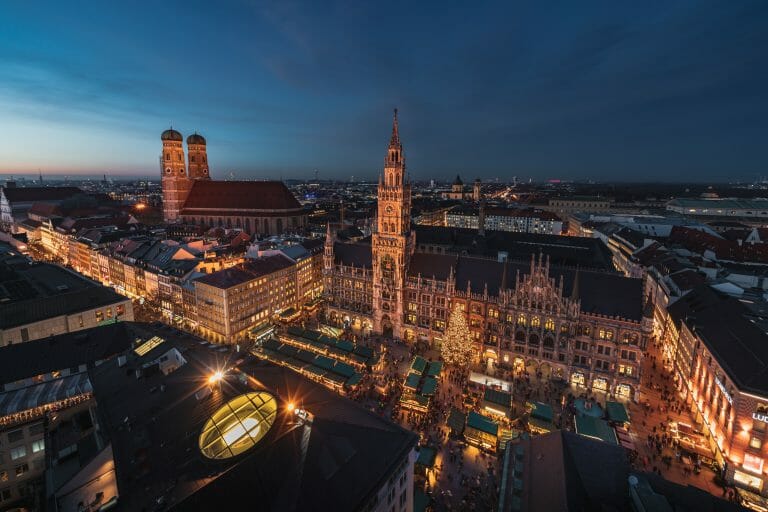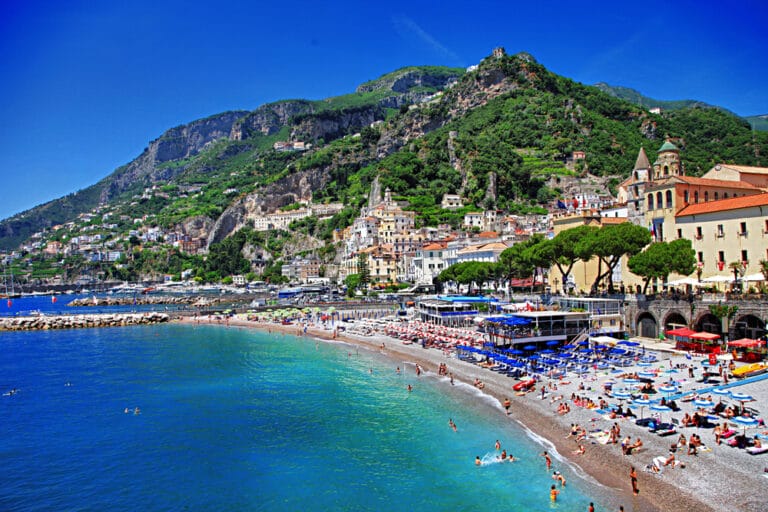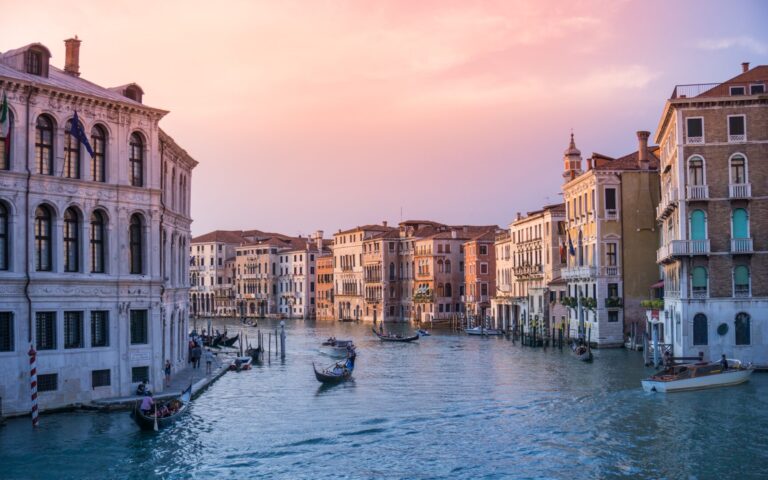Exploring Slavic Features: Everything to Know
Slavic people have distinct physical traits that set them apart. These features vary across different Slavic groups, but there are commonalities that can be observed. Let’s delve into the physical traits of Slavic individuals and explore what makes them unique.
In this exploration of the captivating realm of the Slavs, we will look at the typical Slavic features and delve into the historical movements of Slavic tribes. We will delve into their typical Slavic features, unravel the complexity of their early Slavic languages, and explore the depths of their religious beliefs in Church Slavonic.
So without further adieu, let us find out.
What are the physical traits of Slavic?
Slavic people live in a large area from Eastern Europe to Northern Asia. They are diverse, so we should avoid making broad assumptions about them.
When we think about physical features associated with certain ethnic groups, it is important to approach the topic with sensitivity and respect for diversity within those groups. That being said, there are some common physical traits often associated with individuals of Slavic descent.
However, they generally share some physical traits.
1. Colour of Skin:
The Slavic population generally exhibits a range of skin tones, from fair to olive. This diversity in skin color is a result of the historical and geographical factors influencing the Slavic regions.
2. Facial Features:
Slavic facial features are often characterized by high cheekbones and rounded faces, contributing to a distinct appearance among other ethnic groups.
3. Eyes:
Slavic individuals are known for their diverse eye colors, including shades of blue, green, and brown. This variability adds to the allure of Slavic beauty.
4. Hair:
Typically, Slavic individuals have straight to wavy hair in various shades, from blonde and light brown to dark hues.
5. Nose:
The Slavic nose shape is often described as straight or slightly convex, contributing to their unique facial features.
6. Stature:
Generally, Slavic people have an average to tall stature, contributing to their strong and robust appearance.
Individuals from Slavic countries typically have a height ranging between 1.65 and 1.85 meters, and are often characterized by a robust physique.
However, it is crucial to note that these findings are general in nature and may not be applicable to every person or every region within the Slavic world. It is important to consider the vastness of the Slavic world, which encompasses numerous countries and regions, each with its own unique blend of genetic and cultural influences.
Within the broader category of “Slavs,” there are distinct subgroups such as West Slavs (Poles, Czechs), East Slavs (Russians, Ukrainians), and South Slavs (Serbs, Croats). These subgroups may display slight variations in physical features due to regional influences and intermingling with neighboring populations.
What did ancient Slavs look like?
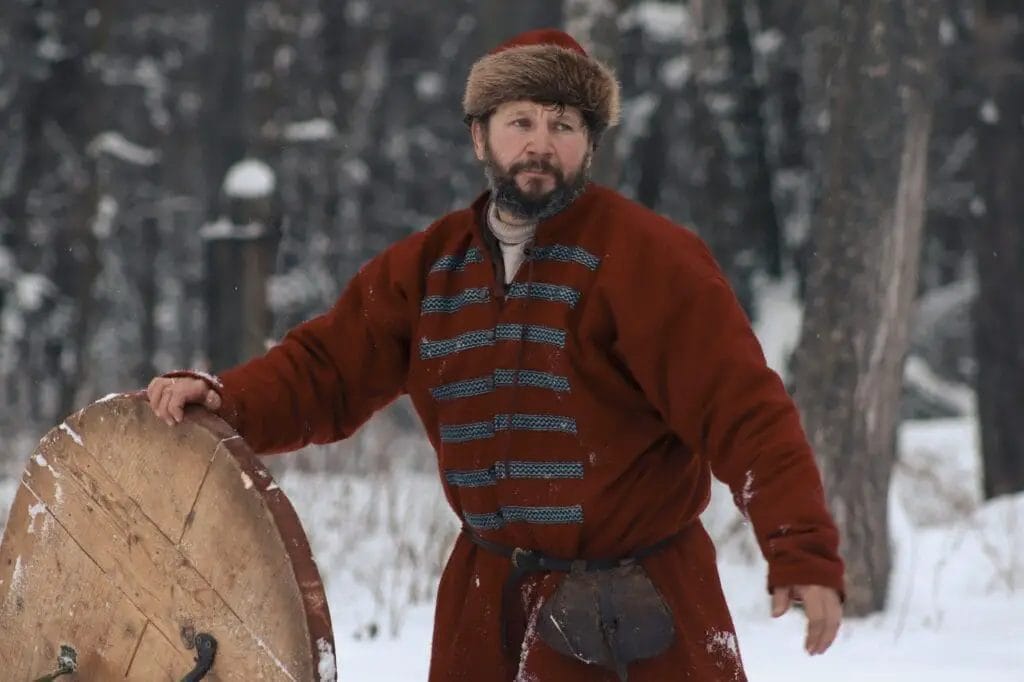
To gain a deeper understanding of how ancient slav appearance compares to their modern counterparts today requires examining historical records alongside archaeological findings.
Ancient depictions suggest that early slav populations had a diverse range of physical appearances. Some sources describe them as fair-skinned with light hair and blue eyes, while others mention darker complexions and brown eyes. These variations can be attributed to the intermingling of different ethnic groups over time.
Comparing ancient slav appearance to modern slavs reveals that certain physical traits have remained consistent throughout history. While there may have been some changes due to migration and cultural exchange, the overall resemblance between ancient and modern slavs is striking.
Slavic women facial features
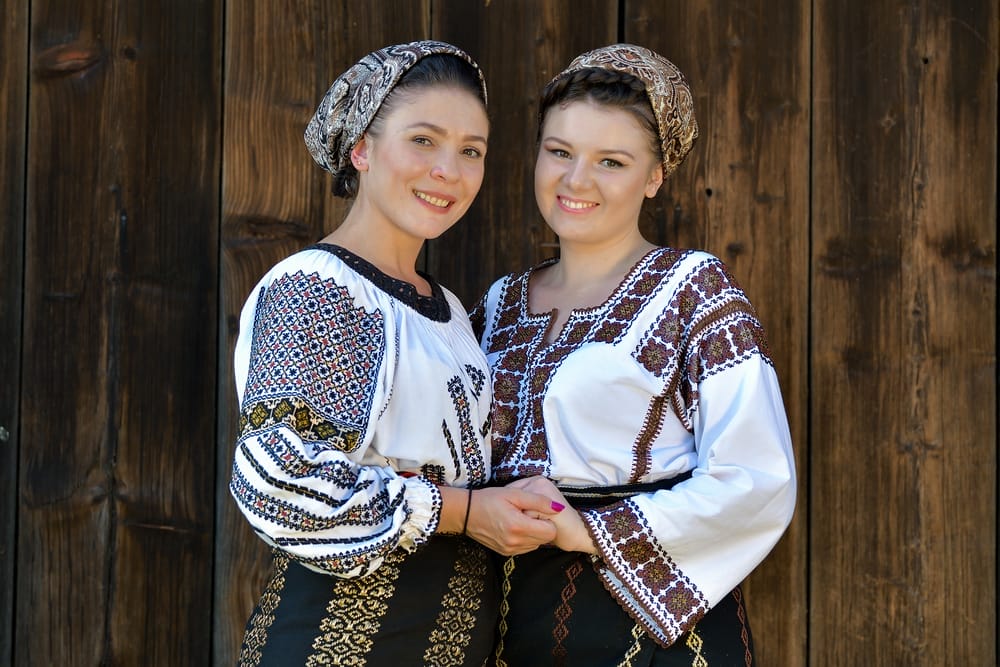
| High Cheekbones | Slavic women are known for their prominent cheekbones that give their face a defined and structured look. |
| Full Lips | Slavic women often have full and plump lips that are considered to be one of their most attractive features. |
| Almond-Shaped Eyes | Slavic women typically have almond-shaped eyes that are slightly slanted upwards, giving them a mysterious and alluring look. |
| Straight Nose | Slavic women often have a straight and narrow nose that adds to their overall symmetrical and balanced facial features. |
| Defined Jawline | Slavic women usually have a defined and sharp jawline that adds to their overall facial structure and gives them a strong and confident look. |
One aspect that often captures attention when discussing typical Slavic features is the facial attributes of Slavic women, such as the well-documented Ukrainian facial features. Many people associate Slavic women with high cheekbones, sharp jawlines, and captivating eyes.
These features are not exclusive to Slavic women but are often celebrated in their culture as symbols of beauty and femininity. They have become iconic representations in art, literature, and even fashion trends.
The cultural significance attached to these facial features reflects the pride that many Slavic communities take in their heritage. It serves as a reminder of their shared identity and contributes to a sense of unity among individuals who identify as Slavs.
What makes you a Slavic?
Beyond physical traits, being Slavic is also about embracing the cultural and linguistic heritage that defines the Slavic identity.
Determining what makes someone “Slavic” involves considering various factors beyond just physical appearance or language proficiency. It encompasses an individual’s cultural heritage, traditions, values, and sense of belonging within the broader community.
Cultural heritage plays a crucial role in shaping one’s identity as a Slav. This includes customs such as traditional dances, music genres like folk songs or polkas specific to certain regions within the larger Slavic community.
Language also plays an essential role in defining one’s connection to their Slavic roots, whether that be Slovene, Russian, or Church Slavonic. Speaking a particular dialect or language associated with one’s ancestral homeland can foster a strong sense of identity among individuals who identify themselves as part of this ethnic group.
What are the three types of Slavs?
The Slavic community is not a monolithic entity but rather a diverse group with distinct subgroups. These subgroups are categorized into three main branches: West, East, and South Slavs.
West Slavs
West Slavs include ethnicities such as Poles, Czechs, and Slovaks. They primarily reside in Central Europe and share cultural similarities due to their historical interactions.
East Slavs
East Slavs encompass Russians, Ukrainians, and Belarusians. They inhabit Eastern Europe and have a shared history influenced by the Byzantine Empire and later the Russian Empire.
South Slavs
South Slavs consist of Serbs, Croats, Slovenes, Bulgarians, Macedonians, Bosniaks (Bosnian Muslims), Montenegrins. They occupy the Balkan Peninsula and have been shaped by various historical influences from both Western Europe and the Ottoman Empire, testimony to the resilience of Slavic tribes.
Each subgroup has its own unique cultural practices while also sharing commonalities that tie them together as part of the broader Slavic community.
Who are the most Slavic people?
When discussing which countries have the highest percentage of individuals identifying as Slavic within their population makeup can be subjective due to varying definitions of “Slavdom.” However certain countries are often associated with having significant populations that identify themselves as part of this ethnic group.
Poland is considered one of the most “Slavic” countries due to its large population with Polish ancestry. The country’s rich history intertwined with other West Slavic nations has contributed to a strong sense of shared identity among its people.
Russia is another nation where many individuals identify themselves as ethnically or culturally connected to their early Slavic roots. With its vast territory spanning across Eastern Europe and Northern Asia,
Ukraine also boasts a significant population that identifies itself as part of this ethnic group. The country’s historical ties to Russia further reinforce this connection among its people.
Where do the Slavs come from?
The origins of the Slavs have long been a subject of debate among historians and scholars. Several theories attempt to explain their migration patterns and the regions from which they originated.
One theory suggests that the Slavs originated in an area known as the “Slavic homeland,” located in present-day Poland, Ukraine, and Belarus. From there, Slavic tribes gradually migrated to other parts of Europe.
Another theory proposes that the Slavs emerged from multiple regions simultaneously, with different groups migrating in various directions over time. This would explain the diversity within the Slavic community today.
Historical evidence such as archaeological findings and linguistic analysis provides valuable insights into these migration patterns. However, due to limited records from ancient times, it is challenging to establish a definitive origin for early Slavic tribes.
Who are the ancestors of the Slavs?
The ancestry of Slavic people is intricately connected with other European ethnic groups due to centuries of intermingling, cultural exchange, and movements of Slavic tribes. Genetic studies have revealed genetic similarities between Slavs and neighboring populations such as Balts, Germans, Finns, and even Iranians.
These connections highlight how interconnected European populations have been throughout history. It also emphasizes that ethnicity is not a fixed concept but rather a fluid construct influenced by various factors such as geography, culture,
What are Slavic Languages?
The Slavic language family encompasses several distinct languages spoken by millions worldwide. These languages share common roots but have evolved independently over time due to regional influences.
Some prominent examples include Polish (a West Slavic language), Russian (an East Slavic language), Serbian (a South Slavic language). Each language has its own unique characteristics while also sharing similarities that reflect their shared heritage.
Understanding these linguistic nuances can provide valuable insights into cultural practices and historical developments within each subgroup of the broader Slavic community
Typing Slav Dialects
Within each branch of the larger Slavic language family exists numerous dialects that reflect regional variations within specific countries or even smaller communities. These dialects can differ significantly in terms of vocabulary, pronunciation, and grammar.
Understanding these dialects, from the early Slavic to contemporary Slovene and beyond, is crucial for preserving cultural heritage and fostering communication within the Slavic community. The study of Proto-Slavic allows individuals to connect with their roots and maintain a sense of identity despite geographical distances.
Conclusion:
In conclusion, exploring the richness of Slavic culture and heritage reveals a complex tapestry woven together by history, language, physical traits, and shared experiences. The Slavs have left an indelible mark on European history through their migrations, cultural practices,
By understanding the diverse physical features associated with Slavs while also recognizing individual variations within this ethnic group we can appreciate the beauty of human diversity.
Furthermore understanding the historical context that shaped each subgroup within the broader Slavic community helps us appreciate their unique contributions to art literature music dance cuisine among other aspects of society.
Ultimately exploring slav features is not just about examining physical traits or linguistic differences but rather embracing a deeper appreciation for our shared humanity regardless of our ethnic backgrounds.
FAQs : Slavic features
What do Slavic people call themselves?
Slavic people refer to themselves based on their specific national or regional identities, such as Ukrainian, Serbian, Czech, or Bulgarian.
What are the unique features of Slavic languages?
Slavic languages share common linguistic traits while also exhibiting distinct characteristics based on their regional variations and historical influences.
Slavic Tour
Exploring the Slavic culture and heritage through a tour allows individuals to experience the rich traditions, folklore, and customs unique to each Slavic nation.
What are Slavic languages?
Slavic languages are a group of Indo-European languages spoken by the Slavic peoples. They are spoken primarily in Eastern Europe, as well as parts of Central Europe, the Balkans, and the Caucasus.
What are some examples of Slavic languages?
Some examples of Slavic languages include Russian, Ukrainian, Polish, Czech, Slovak, Slovenian, Serbian, Croatian, and Bulgarian.
What are some common features of Slavic languages?
Some common features of Slavic languages include the use of the Cyrillic alphabet, complex inflectional systems, and a tendency towards grammatical gender.
What is the Cyrillic alphabet?
The Cyrillic alphabet is a writing system used for various Slavic languages, as well as some non-Slavic languages such as Mongolian and Kazakh. It was developed in the 9th century by the brothers Cyril and Methodius, who were Byzantine missionaries.
What is a Slavic dialect?
A Slavic dialect is a regional variety of a Slavic language that differs from other regional varieties in terms of pronunciation, vocabulary, and grammar. Some examples of Slavic dialects include the Kashubian dialect of Polish and the Torlakian dialect of Serbian.
How do you type in a Slavic language?
Typing in a Slavic language like Slovene typically requires the use of a keyboard that supports the Cyrillic alphabet. Many modern operating systems and software applications include support for Cyrillic input, and there are also online tools and virtual keyboards available for typing in Slavic languages.

